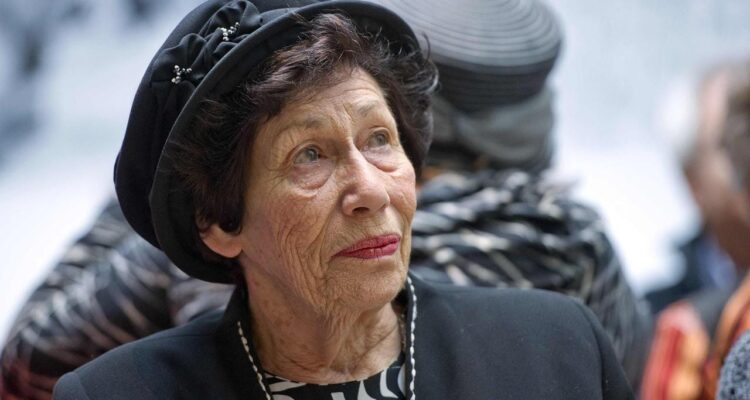In 1934, two girls born more than 500km and six months apart chanced upon each other on a Dutch street.
The shadows of epochal events to come were already striding through their innocent lives; their encounter was a shiver from a virus in its first stages of multiplying.
Hannah Goslar was born in the suburbs of Berlin to Hans, a senior member of the Weimar Republic that governed Germany until the rise of Adolf Hitler, and Ruth, a teacher. Sacked and threatened, Hans moved the three of them to Amsterdam.
Soon after, Ruth went to a local shop where she bumped into Edith Frank, who with her businessman husband Otto had fled the rising tide of murderous anti-Semitism engulfing their hometown, Frankfurt. Edith’s maiden name had been Hollander, German for Dutchman, and her family had roots in the Netherlands.
Perhaps one overhearing the other’s failing attempts to communicate in Dutch, the strangers spoke to each other in German. Their daughters made eye contact. The following day, Ruth took Hannah to start kindergarten where Hannah saw the little girl from the day before “making music with bells”. Anne Frank hugged Hannah who Anne would name Henneli. Hannah called her friend Anna. Spirited girls, together they learned Dutch – their native tongue was increasingly best avoided – and would skip, and play hopscotch and marbles.
Read the obituary by Alan Howe in The Australian.

